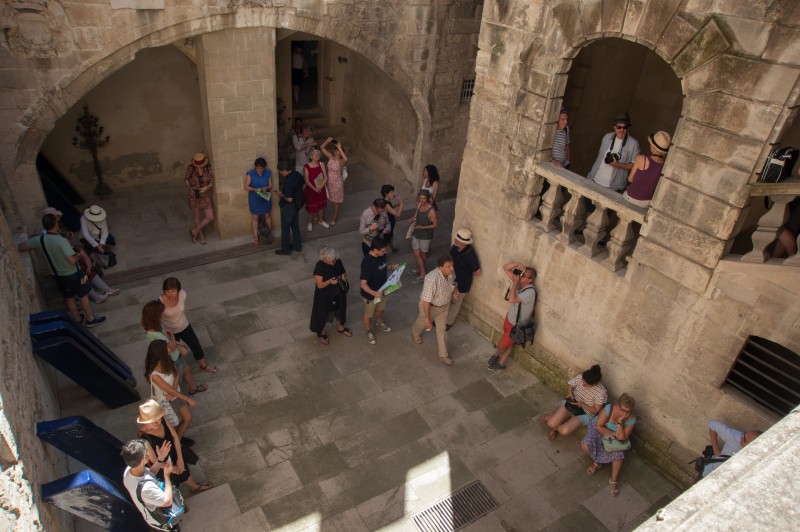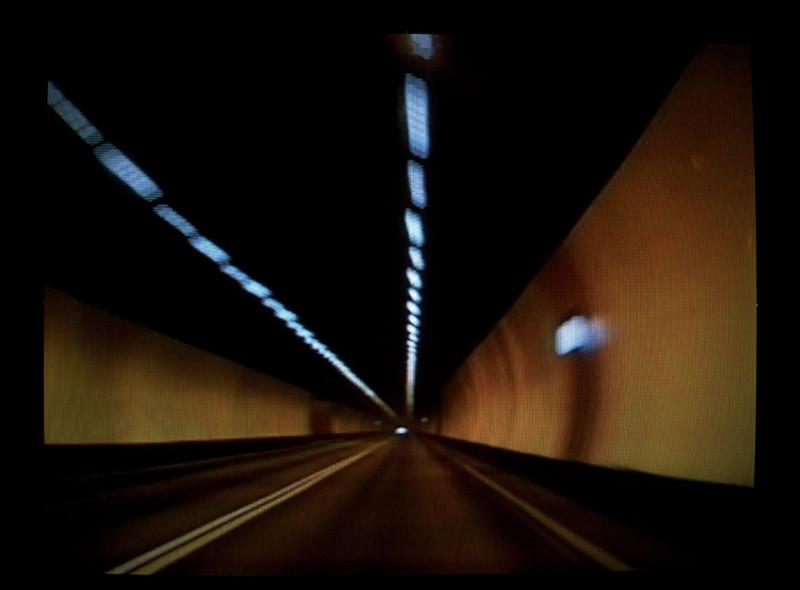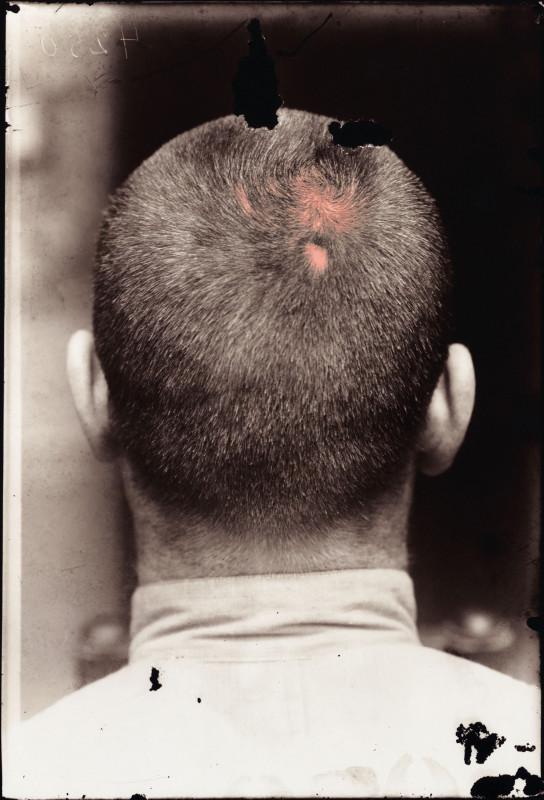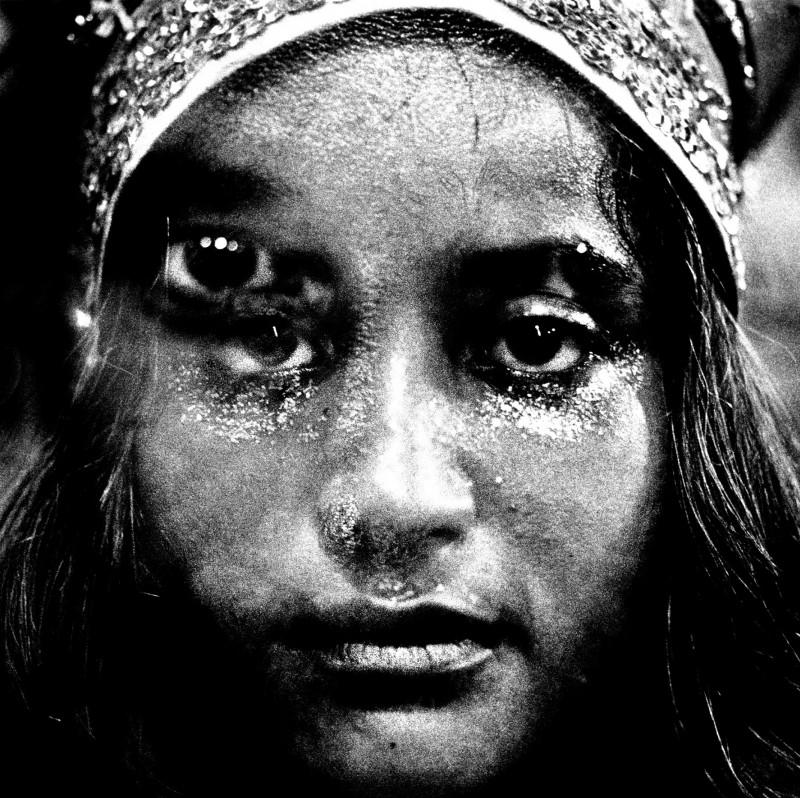Edition 2005
MARIO CRAVO NETO
The Eternal Now
[…] Like pedestals made integral to the sculpture they support, Cravo Neto’s essential images function as deeply felt ritual offerings placed on the altars of ordinary things, like allegories made up of the elements of an objective equation introduced without preamble or narrative. Amulets grace the ultimate plinth of bare skin, serving as mediators between the sensate and the created world. He masks his subjects’ gaze with the belly of a turtle, a bone, a bowl, the eye of a goose, with fingers and with hands. There are spheres for a head, a heart made of stone, hair like a veil, the column of the throat, and the birds of Bahia glowing with the promise of their own sacrifice. Fists on a rock beat language from a stone. Furrows of thought plow the fields of the soul. A smooth stone erupts from an ear, incandescent as the shell of a nautilus in the fleeting weight of silence that is Angela’s, his wife’s, an artist, his model and muse. These things require no further context because they are complete in themselves. In the mystery of these photographs, undefined figures like spirits, parental and protective, loom in the shadows just beyond. There are mouths to speak eggs, bellies filled with children, the promise of breasts filled with milk, the innocence of the very young, and the vanity of those no longer young. Caught in this eternal now, wise in the absence of either artifice or guile, with a child’s broken concentration they look to him or turn away to look at something else and forget that he is there at all. Sometimes wounded in the tumbling ways that warrior children have, their heads are cradled in the dark expanse of caring hands. […] Son of a sculptor, he became a sculptor. Thirty years or so ago he constructed, performed and photographed rituals.
A file of torches burned in the sweep of a savanna. Fire and ash ringed the center of a site of slash and burn. But the first link between these sited projects, the installations that followed, and the photographs for which he is known today consisted of the presentation of a nest made out of translucent fiberglass filaments gathered by some unknown avian architect from the neighborhood of his studio in Bahia. He placed the nest like the eviscerated heart of an electric saint in a Lucite reliquary before a backdrop of ruined tarpaulins, and commemorated the moment to film. Two years later he photographed what remained following the theft of his camera equipment, scorched parts maliciously destroyed by fire and then abandoned in the far corner of the Campo Santo, a cemetery. He displayed this mute parade of useless tools – a Hasselblad and Leicas, Nikons, lenses, bodies, filters – on the blind altar of their own waste before a drape of tarpaulins hanging in a darkened space. Relics of the performance of the rituals of contemporary art, the photographs long ago became the art. A son of Bahia, Mario Cravo Neto celebrates the people of Africa in Brazil, where he is an intimate of the divinities of the Yoruba candomblé, Exu, Ogun, and Oxossi, who wisely take care of where he steps.
Edward Leffingwell
A file of torches burned in the sweep of a savanna. Fire and ash ringed the center of a site of slash and burn. But the first link between these sited projects, the installations that followed, and the photographs for which he is known today consisted of the presentation of a nest made out of translucent fiberglass filaments gathered by some unknown avian architect from the neighborhood of his studio in Bahia. He placed the nest like the eviscerated heart of an electric saint in a Lucite reliquary before a backdrop of ruined tarpaulins, and commemorated the moment to film. Two years later he photographed what remained following the theft of his camera equipment, scorched parts maliciously destroyed by fire and then abandoned in the far corner of the Campo Santo, a cemetery. He displayed this mute parade of useless tools – a Hasselblad and Leicas, Nikons, lenses, bodies, filters – on the blind altar of their own waste before a drape of tarpaulins hanging in a darkened space. Relics of the performance of the rituals of contemporary art, the photographs long ago became the art. A son of Bahia, Mario Cravo Neto celebrates the people of Africa in Brazil, where he is an intimate of the divinities of the Yoruba candomblé, Exu, Ogun, and Oxossi, who wisely take care of where he steps.
Edward Leffingwell
With the backing of AFAA.






